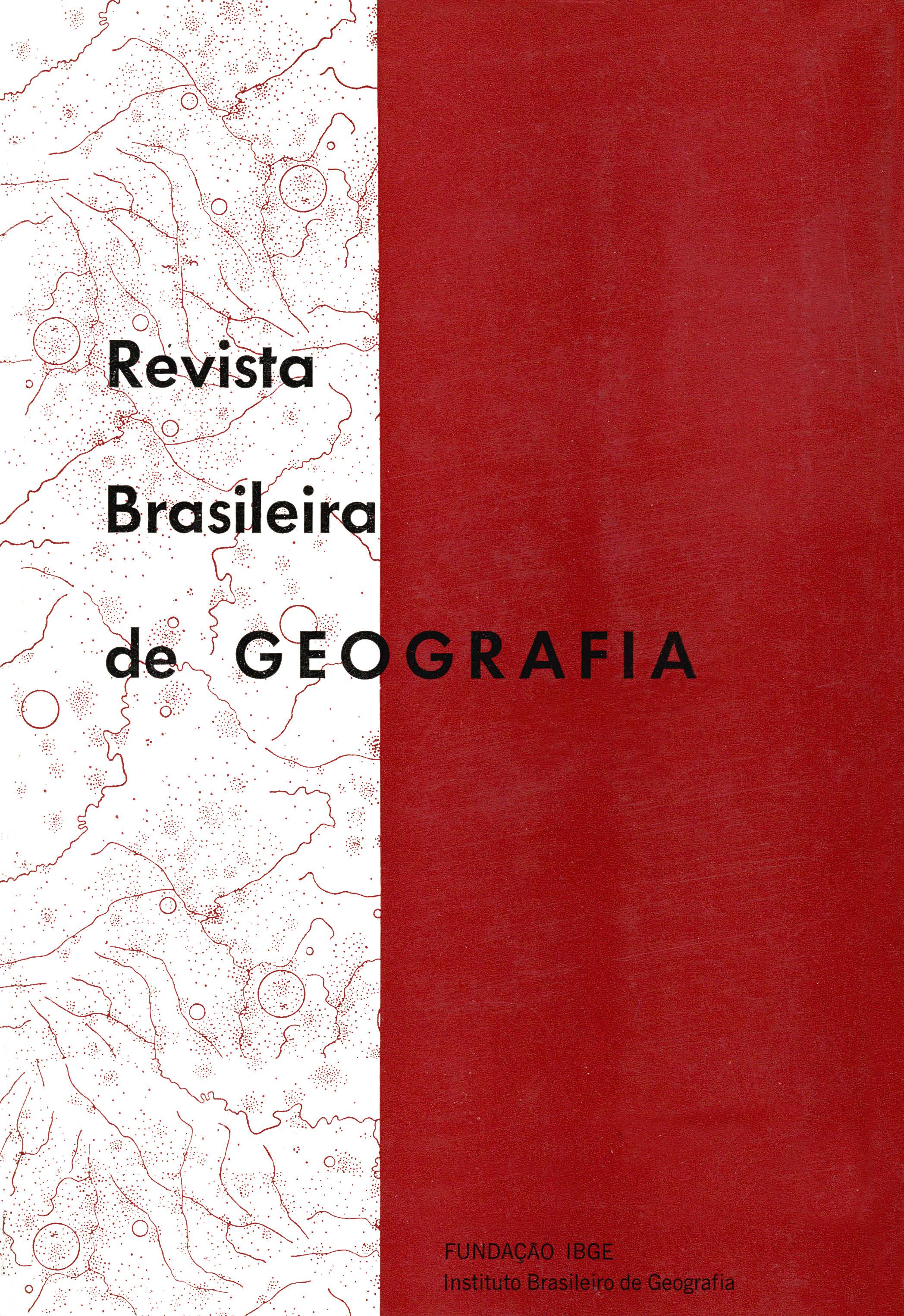Variação temporal, 1950-1970, dos desequilíbrios intrarregionais em Minas Gerais
Palavras-chave:
Minas Gerais, Geografia regional, Geografia econômicaResumo
The author found in the II PND sufficient justification for the study of regional inequality and chose to study of the state of Minas Gerais because of its high degree of regional inequality.
The theories of Regional Imbalance and Minimum Market Size form the foundatio01 of this study. The Minimum Market Size theory is derived from the Central Place Theory.
This threshold (the minimum population capable of generating and sustaining a Central Place Function) acts as an indicator of the variation of Development, in its variability through time and space. Minimum Market Size was estimated using the method proposed by Haggett and Gunawardena.
Seven service functions are analyzed In the years 1950 and 1970 for all the state and each of the administrative regions demarcated by the Secretary of Planning of Minas Gerais. Two hypotheses are tested: a) that the size of the threshold is dependent upon the level of development in the area; b) that the higher the level of development in a region, the greater the heterogeneity of its socioeconomic structure.
The analysis of data lead to the acceptance of both hypotheses.






